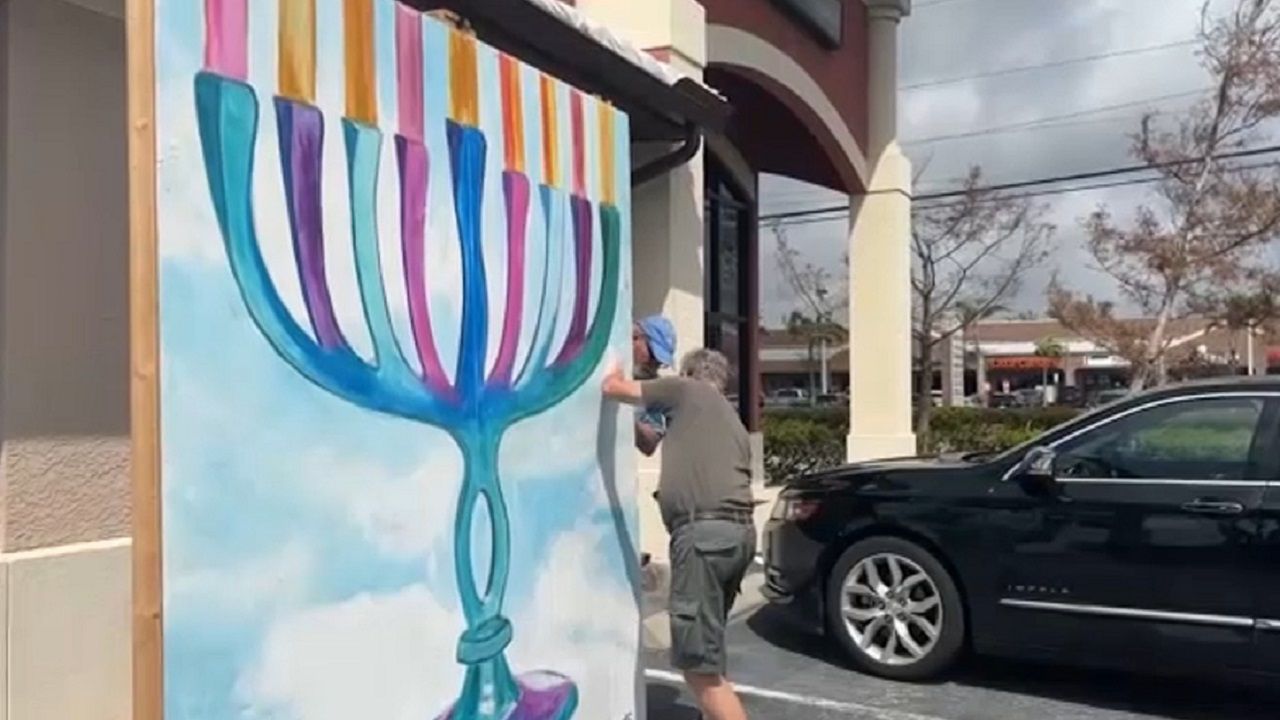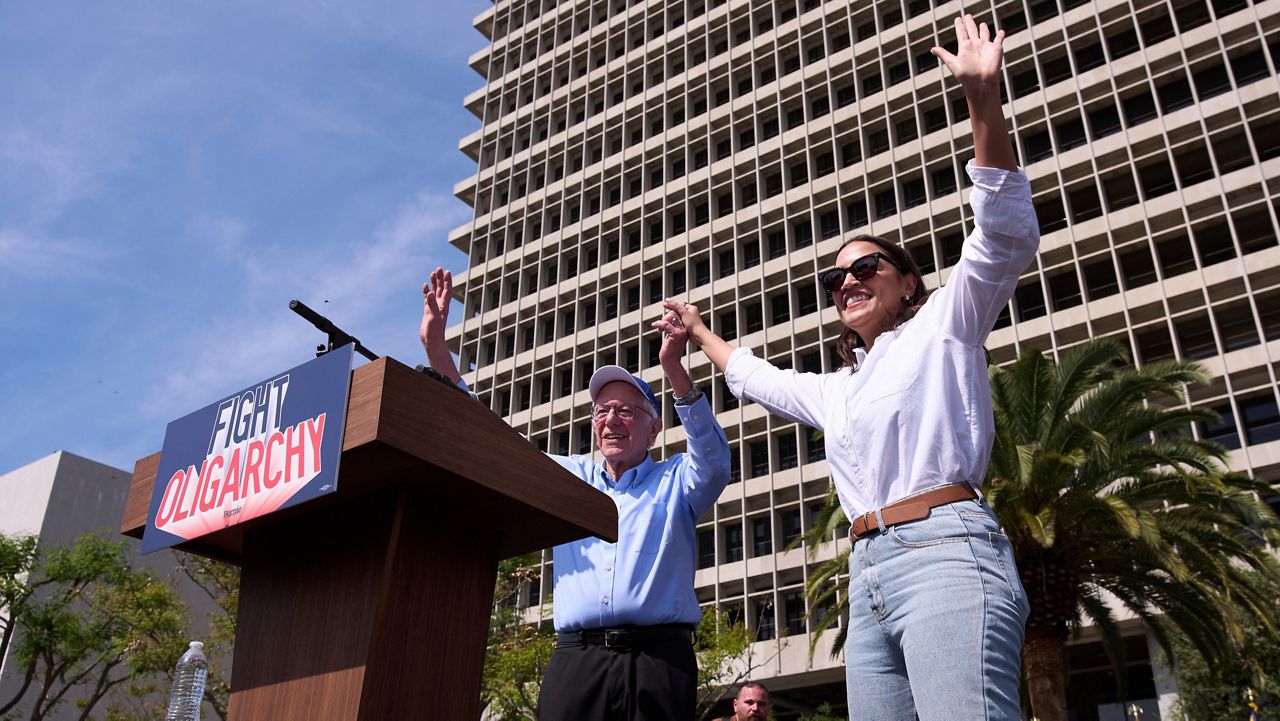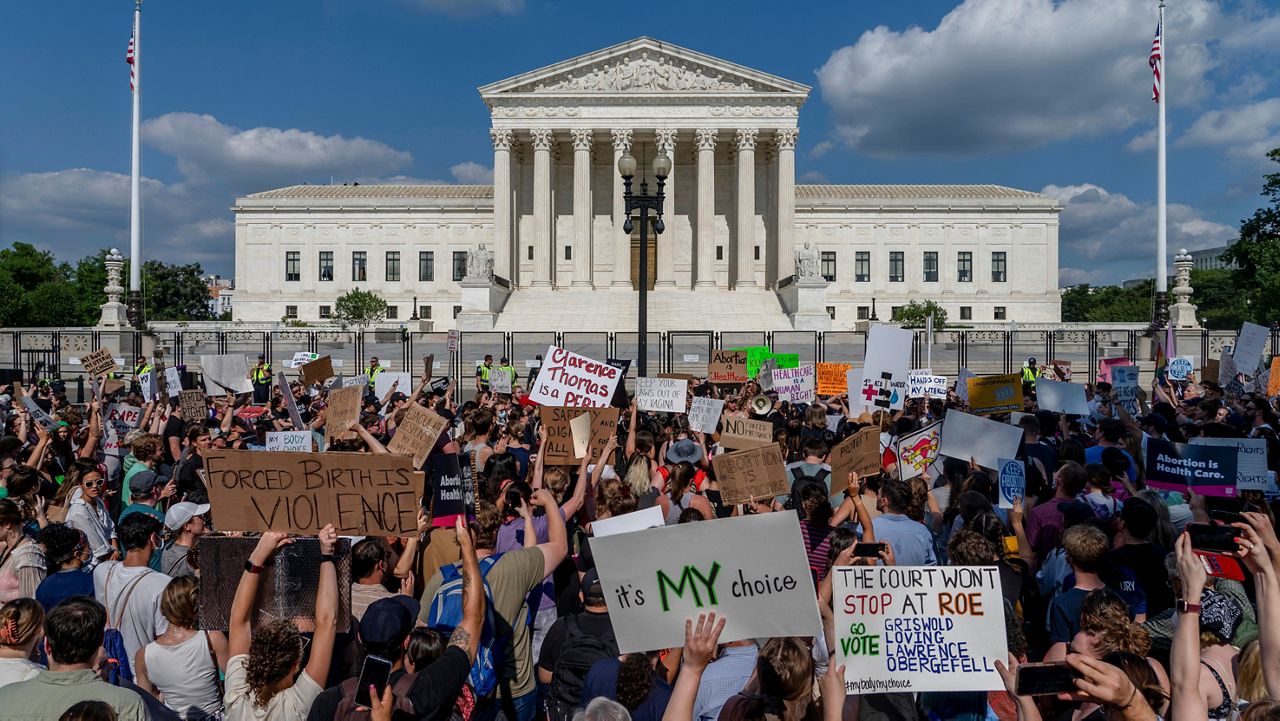SACRAMENTO, Calif. — To keep the living wall at the Architectural Nexus building in Sacramento alive means watering it.
Erica McBride, who’s been with the company since the building opened in 2017, said they take water conservation seriously and use second-hand water to keep the plants happy.
“We are a regenerative building versus just a sustainable building, so we recycle water on site. We recycle all of our grey water,” said McBride, regenerative operations manager at Architectural Nexus.
The Golden State has been suffering through three years of drought and was one reason the company is trying where it can to save water, not only by recycling it.
“It’s currently raining outside. What better way to solve a water crisis if a commercial building just collects their own rain water and uses it on their own site,” McBride said.
As the state heads into a possible fourth year of drought, it will no doubt be a major piece to Gov. Gavin Newsom’s second term as he continues to battle climate change and more efficient measures to conserve the state’s water.
The governor has set a goal of recycling 800,000 acre-feet of water per year by 2030.
Political analyst Steve Maviglio who worked under Gov. Gray Davis said it will be a challenge to keep the public on his side as it has just witnessed record amounts of rainfall, but most of that isn’t collected or recycled, it’s lost down storm drains.
“I think a lot of people are shaking their heads saying you know we have all this rain and there’s still signs about a drought outside. It’s very difficult for members of the public to make that connection. And then again, it’s an on-and-off thing. You know last year we had this early rain and then it stopped,” Steve said.
Up the highway in the Serrano community in El Dorrado Hills, purple coverings on water pipes indicate recycled water for irrigation sourced from a nearby sewage facility.
Kirk Bone, who has overseen the project from its infancy, said recycling water is great because landscape watering happens even in drought, but it’s not always economically viable if the sewage facility is far away.
“There are a lot of consolidated sewage treatment plants that are not close to the potential users in large urban areas and as a consequence the challenge to transport that recycled water back to the potential customers is very expensive and very challenging,” said Bone, director of Government Relations for Parker Development Company.
For McBride and the team at Architectural Nexus, they want to go a step further, and turn their captured rain water into drinking water.
“The state won’t allow us to do that right now because of state legislation, but we hope that changes soon. And when it does, we’ll be ready to switch our building over,” she said.
So McBride, along with the plants, can take a drink of recycled water, whilst making sure those that need the state’s supply have enough of it.











